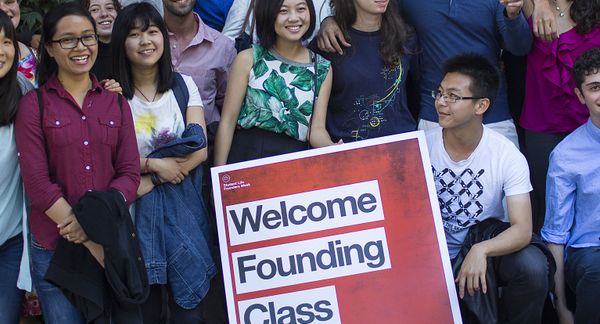Charter schools provide a choice to parents and students who aren't satisfied with the educational opportunities of public schools, but aren't interested in or can't afford to attend a private school. A charter school is free to attend and usually funded with state education money.
While they're held to the same academic standards as public schools, proponents say charter schools are less encumbered by the bureaucracy of a public school system, giving them the freedom to explore different areas and methods of education. They can differ from public schools by focusing on particular subject areas (science and technology, or art and music), preparing students for a specific college major, using a distinct set of teaching methods, or wrapping the school's rules and activities around a theme such as military discipline.
Advertisement
On the other hand, critics contend that charter schools don't offer students a better education, aren't held as accountable to education standards, and drain funding away from public schools. It can be a contentious issue; multiple studies on the effectiveness of charter schools show contradictory conclusions.
Whether or not they're the better choice, charter schools do offer options to parents who feel dissatisfied with traditional public schools. They've grown increasingly popular in the U.S. and in other countries: Since the charter school movement began in the late 1980s, it has grown to include over 5,000 charter schools in the U.S. alone, serving 1.7 million students [source: Center for Education Reform]. This article will explain how charter schools are created and how their funding works. We'll take a look at the educational opportunities they offer and also delve into the controversy that surrounds them.
Advertisement



